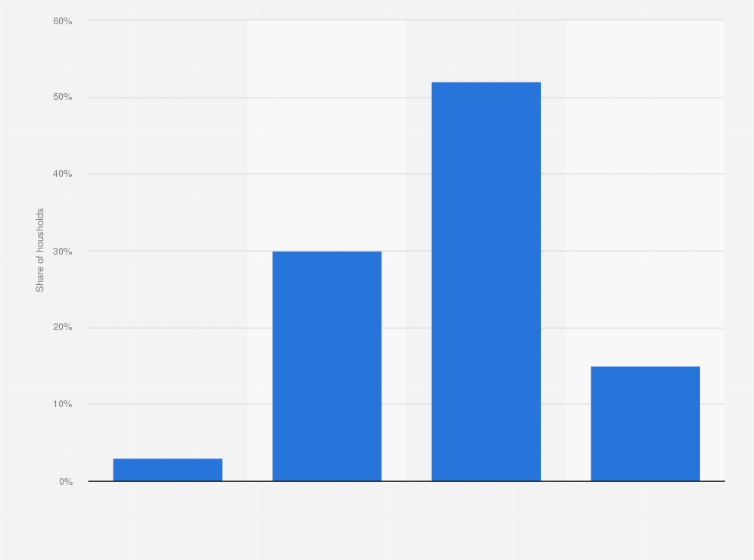India’s Poverty Statistics (2011-2023)
India has made remarkable progress in reducing poverty over the past decade. According to a World Bank report, extreme poverty has decreased, with 171 million people lifted above the poverty line between 2011 and 2023. The report marks the disparities between rural and urban poverty, showcasing a dramatic decline in both sectors.
Extreme Poverty Statistics
- Extreme poverty in India fell from 16.2% in 2011-12 to just 2.3% in 2022-23.
- Rural areas experienced a drop from 18.4% to 2.8%.
- Urban poverty also saw reduction, from 10.7% to 1.1%.
- This decline has narrowed the rural-urban poverty gap from 7.7 to 1.7 percentage points.
Transition to Lower-Middle-Income Status
- India transitioned into the lower-middle-income category as defined by the World Bank.
- Using the $3.65 per day poverty line, poverty rates dropped from 61.8% to 28.1%.
- This shift lifted 378 million people out of poverty, with rural poverty decreasing from 69% to 32.5% and urban poverty from 43.5% to 17.2%.
Impact of Major States
- The five most populous states—Uttar Pradesh, Maharashtra, Bihar, West Bengal, and Madhya Pradesh—accounted for 65% of India’s extreme poor in 2011-12.
- By 2022-23, these states contributed to two-thirds of the overall decline in extreme poverty.
- However, they still represented 54% of the extremely poor population.
Multidimensional Poverty Index
The Multidimensional Poverty Index (MPI) reflects non-monetary poverty. It decreased from 53.8% in 2005-06 to 16.4% by 2019-21. The MPI was measured at 15.5% in 2022-23, indicating substantial progress in addressing various poverty dimensions beyond income.
Income Inequality Trends
While the consumption-based Gini index improved from 28.8 in 2011-12 to 25.5 in 2022-23, the World Inequality Database reported rising income inequality. The Gini index for income increased from 52 in 2004 to 62 in 2023. This disparity suggests that wage gaps remain , with the top 10% earning 13 times more than the bottom 10% in 2023-24.
Employment Growth
Employment growth has outpaced the working-age population since 2021-22. Urban unemployment fell to 6.6% in the first quarter of FY24/25, the lowest since 2017-18. Notably, there has been a shift of male workers from rural to urban areas, while female employment in agriculture has increased.
Month: Current Affairs - April, 2025
Category: Economy & Banking Current Affairs







